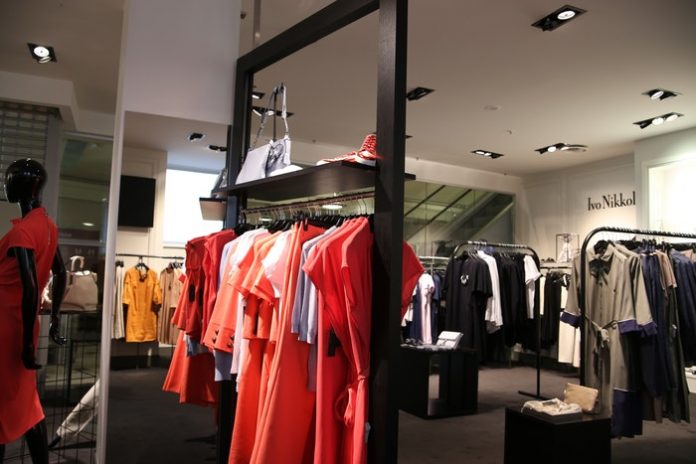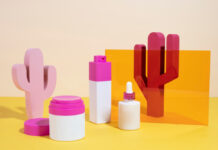Understanding retail product placement is essential if your shop is going to thrive in these tough times on the high street. This merchandising appears like fine art. You are hoping to help a product look at its best so that it sells. This requires you to choose the best location, as well as the right lighting and the correct amount of space. What might feel like art is a well-studied academic subject — the psychology of retail product placement.
Here we guide you through some of the essentials of product placement. If you are in the fast-moving consumer goods sector, nothing could be more critical in the rapid flow of products through your store — it could be the difference between a complete flop and your bestseller.
What is product placement?
Put simply; the term refers to the study of the best place to put products in a shop. The person organising products in the retail environment will design a planogram. This plan will apply widely researched scientific principles that dictate how best to use lighting, space as well as the positioning of products on the shelf. The hope is that your choices will be the final nudge pushing the product into the shopping trolley.
The factors to consider when drawing a planogram include the size and shape of the shop floor, the position of shelves and mirrors, where the windows and door is in the store — as well as the width of the aisles and the type of lighting.
Some tips worth following
Although it can take years to master the science of retail product placement, there are some simple ways to increase your sales. These include:
- Putting essentials at the back of the store. Imagine if the person only needs milk, but they are forced to walk past the alcohol and the chocolate aisle. Not only does the customer have to pass the luxury items once to get to the milk but a second time to get to the tills. You are making it harder to resist the temptation. You can also do the opposite. You can put desirable items such as bakery items just inside the door when the customer’s trolley is empty, and they haven’t mentally spent anything yet.
- Put your most important products at eye level. The eye level is often called the buy level. You can maximise this eye-level positioning by understanding your market. For toddlers, eye level might be the bottom shelf, for women the second but one shelf and for many men, the top shelf or one shelf above women could be optimum. This could allow you to make the most of all your products and make them most visible to the right audience.
- Maximise the impulse buy. All consumers know this technique. You place all those products that you are likely to impulse buy — such as chocolate, crisps, magazines, etc. — by the till. While you are waiting to pay, you are likely to reach out and take some of these non-essentials — but desirables.
- Complement products. Clothing shops are brilliant at placing complementary products close together. They might put a top on a rail above a pair of trousers and together they would make the perfect outfit. Supermarkets do this too. If they are selling alcohol such as spirits, they will make sure that mixers are next door on the shelf.
- Make it easier to choose the biggest shopping trolley. You may expect the shopper to use a pound to unlock the smaller cart, but the larger trolleys are free to claim. You may ensure there are a lot more larger trolleys available than the smaller ones. A small trolley gives the impression that a shopper has bought too much, which will be dwarfed in a larger cart.
- Keep the aisles wide. It might feel counterintuitive, but you need wide aisles. Although this means fewer shelves per square metre of shopping space, there is a much higher chance of the shopper walking down an aisle where there is plenty of room to browse. The art is balancing and maximising space while giving the customer the room they enjoy.
Only scraping the surface
These strategies are only the tip of the iceberg of those available to the shop designer. The use of colour, music, lighting and even smells can have a massive impact on the psychology of the consumer. Successful shoppers consider the whole experience of the customer and what it takes to nudge them to buy.
Find a Home-Based Business to Start-Up >>> Hundreds of Business Listings.
















































